Hong Kong, a vibrant metropolis nestled on the southern tip of China’s Guangdong Province, has always been a melting pot of cultures. Its unique history, which spans from being a British colony to becoming a Special Administrative Region of China, has influenced its culinary landscape in profound ways. Over the decades, Hong Kong has developed a rich tapestry of flavors that blend East and West, traditional and modern. As we delve into the culinary delights of Hong Kong’s past, we uncover a treasure trove of food specialties that have left an indelible mark on the city’s gastronomic heritage.
Dim Sum: A Timeless Tradition
One cannot discuss Hong Kong’s culinary past without mentioning dim sum, a quintessential part of Cantonese cuisine that has become synonymous with the city. Dim sum originated as a breakfast or brunch meal, featuring small bite-sized dishes served in bamboo steamers or on small plates. These dishes, ranging from delicate dumplings stuffed with shrimp or pork to steamed buns filled with sweet or savory fillings, are meant to be shared among diners.
In the past, dim sum was primarily enjoyed in tea houses, where families and friends gathered over steaming baskets of delicacies while sipping tea. The experience was not just about the food but also about the camaraderie and the slow, leisurely pace of enjoying a meal together. Today, dim sum has transcended its traditional setting and can be found in upscale restaurants and casual eateries alike, but the charm of a traditional dim sum brunch in a bustling tea house remains unparalleled.
Roast Goose: A Flavorful Icon
Another iconic food specialty of Hong Kong’s past is roast goose, a dish that has been perfected over centuries. The art of roasting meat, particularly goose and duck, has deep roots in Cantonese cuisine, and Hong Kong’s roast goose stands out for its crispy skin and juicy, tender meat.
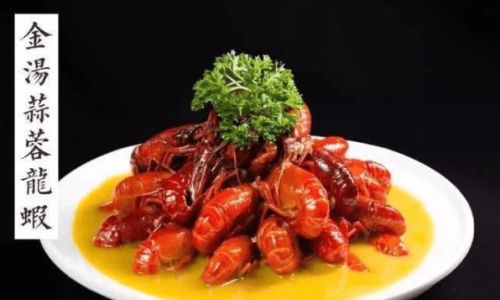
Traditionally, roast goose was prepared using charcoal fires, which imparted a smoky flavor to the skin. The birds were meticulously seasoned with a blend of spices and herbs before being hung and slowly roasted to perfection. The result was a golden-brown, lacquered exterior that crackled with every bite, revealing moist, flavorful meat beneath. Today, while some restaurants still adhere to the traditional charcoal-roasting method, others have adopted modern ovens to maintain consistency and efficiency. Nevertheless, the taste of a well-prepared roast goose remains a hallmark of Hong Kong’s culinary heritage.
Noodles: A Staple of Street Food Culture
Hong Kong’s street food culture is rich and diverse, with noodles playing a central role. From the fragrant aroma of beef brisket noodles wafting from street stalls to the delicate flavors of egg noodles served in soup broth, noodles have been a staple of Hong Kongers’ diet for generations.
One of the most famous noodle dishes from Hong Kong’s past is the “dry” noodles, often served with a rich, savory sauce made from soy sauce, pork bones, and other seasonings. These noodles, typically made from wheat or rice flour, are tossed with chopped scallions, sesame oil, and sometimes a sprinkle of crispy pork floss. Another popular variety is the “soup noodles,” which come in various forms such as wonton noodles, fish ball noodles, and even hor fun (rice sheets served in soup).
Street vendors and small eateries have been the incubators of these noodle dishes, offering affordable, hearty meals to locals and visitors alike. Many of these establishments have been operating for decades, passing down recipes and techniques from one generation to the next.
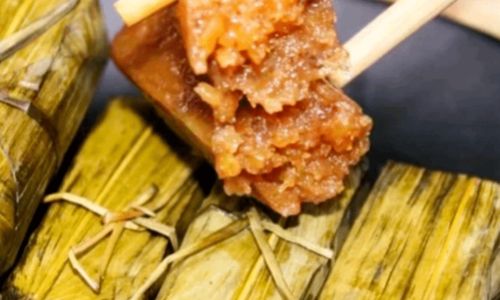
Desserts: A Sweet Ending
Hong Kong’s culinary landscape is not just about savory dishes; its desserts are equally renowned. Traditional Hong Kong desserts, known as “dessert soups” or “tong sui,” are often made with ingredients like lotus seed paste, red bean paste, mango puree, and coconut milk. These desserts are served chilled or warm, providing a refreshing end to a meal or a delightful snack on their own.
One of the most beloved desserts from Hong Kong’s past is mango pudding, a creamy, smooth dessert made from ripe mangoes blended with coconut milk and sugar. Another classic is the egg tart, a small, golden-brown pastry filled with a custard-like mixture of eggs, milk, and sugar. These tarts are often baked to perfection, resulting in a flaky crust and a creamy, slightly sweet filling.
Street Snacks: A Taste of the City
Hong Kong’s street snacks are a microcosm of the city’s culinary diversity. From the savory bite of a deep-fried spring roll to the sweet crunch of a sugar-coated waffle cone, street snacks offer a quick, delicious taste of Hong Kong’s food culture.
One of the most iconic street snacks is the egg waffle, a grid-like pastry made by pouring batter into a waffle iron and cooking it until golden brown. These waffles are often filled with cream or ice cream, making them a popular treat among both children and adults. Another beloved snack is the fish ball, a small, tender ball of fish paste that is boiled and served in a spicy or savory broth, often accompanied by rice noodles or vermicelli.
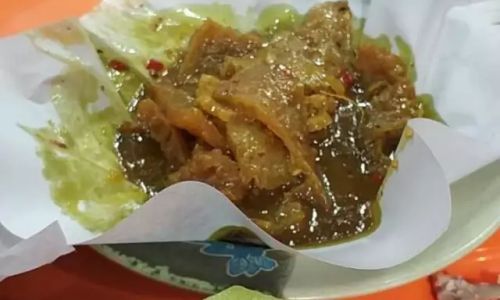
Conclusion: A Culinary Journey Through Time
As we reflect on Hong Kong’s culinary past, we are reminded of the city’s unique ability to blend traditions with innovations. From the timeless elegance of dim sum to the hearty comfort of roast goose, from the diverse array of noodles to the sweet indulgence of traditional desserts, Hong Kong’s food specialties have shaped its identity and continue to captivate the palates of people around the world.
Today, as Hong Kong moves forward into a new chapter, its culinary heritage remains a cherished part of its cultural fabric. While some traditional dishes may have evolved to meet modern tastes and preferences, the essence of Hong Kong’s culinary past remains intact, preserved in the hearts and minds of those who have tasted its flavors and experienced its charm.
In celebrating Hong Kong’s food specialties, we are not just honoring its culinary traditions but also paying tribute to the generations of chefs, street vendors, and food enthusiasts who have contributed to the city’s rich gastronomic heritage. As we embark on this culinary journey through time, we are reminded that the taste of Hong Kong is not just about food; it is about the stories, the people, and the culture that make this city truly unique.
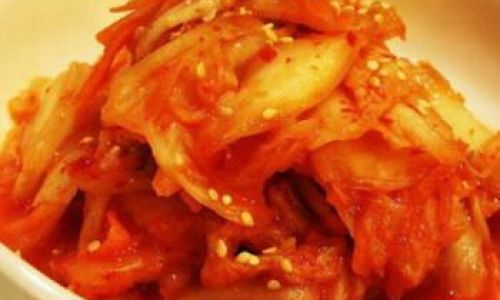
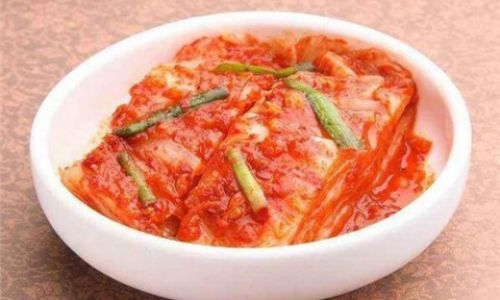
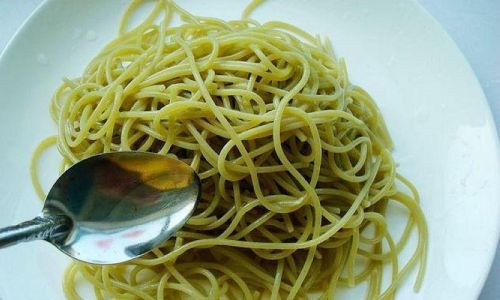
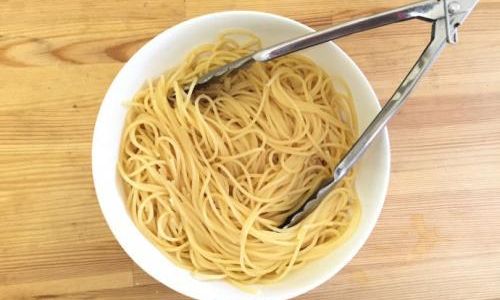
0 comments